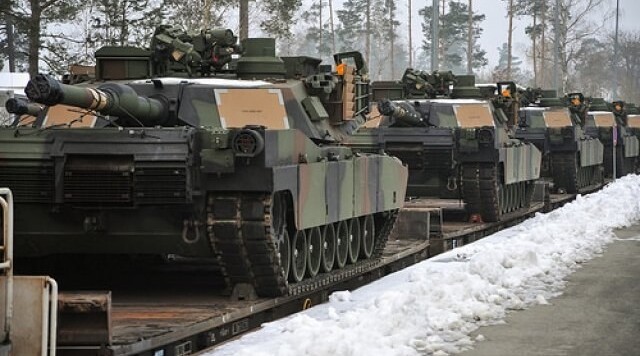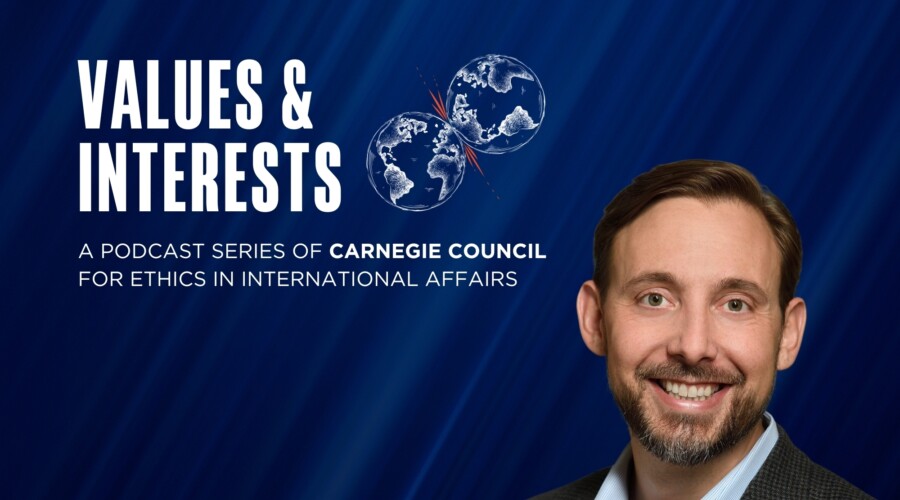In "To Kill a Mockingbird" an innocent man is wrongfully sentenced. The author argues that all we can do in the face of injustice is try, accept, and move on. Should we trust always trust institutions? When the system fails is it enough to have fought, or should we go on to fight again?
Harper Lee's novel, To Kill a Mockingbird, was described as "sugar-water served with humor," by an original reviewer.
The novel is light reading, and animated implausibly by an articulate six-year-old and her perfect, lawyer-father, Atticus.
However, the novel won a Pulitzer Prize, was the basis for one of the best movies of all time, and still sells a million copies every year.
Perhaps, Lee's novel became a classic because of its ethical core.
The setting is small town Alabama, 1932 to 35. The drama revolves around the trial of an innocent black man, Tom Robinson.
Atticus defends him with craft and integrity, yet he loses. Unable to face imprisonment, Tom runs and is killed. Surprisingly, the injustice of this tragedy is not the core of the book.
Rather, a person's response to injustice animates the novel.
Atticus summarizes for the jury: "Our courts have their faults, as does any human institution, but in this country our courts are the great levelers..." Because the jury takes so long to decide, another character concludes, "we're making a step—it's just a baby step, but it's a step."
Shouldn't wrongs be righted, regardless? Or, do we trust in institutions and process like Atticus? When the system fails is it enough to have fought, and go on to fight again?
Lee gives us a satisfying answer, that all we can do is try, accept, and move on. Others might say one has to go further and see each injustice rectified in order to truly live up to a code of values. What would you choose?
For more information see:
Harper Lee, To Kill a Mockingbird, HarperCollins: NY, 1960
Phoebe Lou Adams, " To Kill a Mockingbird: A Classic Review," The Atlantic, June 16, 2011, originally published August 1960 in Atlantic Magazine
Photo Credits in order of Appearance:Maureenlafleche
Christina Ruvoldt
Universal Pictures
Tabor College
Walden Theater
Theatreworks Props
Keith Stewart
Z a r Photography


